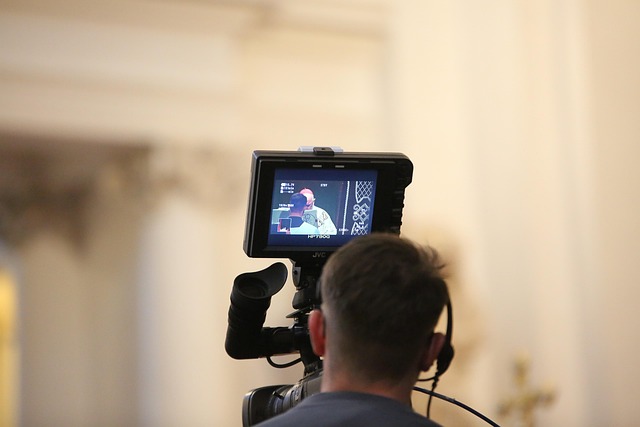
The Science and Technology of Body Language in Workplace Culture
In today’s fast-paced workplace, communication is more critical than ever. While words undoubtedly convey messages, a significant part of our understanding comes from body language, the non-verbal cues that communicate our emotions and attitudes. The science behind body language delves deep into psychology and physiology, revealing how our gestures, facial expressions, and posture can influence interactions in professional settings.
Research shows that non-verbal cues can account for up to 93% of communication effectiveness. For instance, when an employee walks into a meeting with a slouched posture and avoids eye contact, it may suggest disinterest or discomfort, even if their words express enthusiasm. Conversely, a leader who stands tall, maintains eye contact, and uses open hand gestures fosters an atmosphere of confidence and approachability. Understanding these nuances is essential for cultivating a positive workplace culture, where employees feel valued and understood.
With the advent of technology, we now have tools that enhance our understanding of body language. Video conferencing software, for example, has become ubiquitous in remote work arrangements. It allows teams to observe facial expressions and body movements that written communication may obscure. However, it also presents challenges; the subtleties of non-verbal communication can sometimes be lost in pixelation or poor connectivity. This highlights the ongoing need for professionals to be adept at reading body language, even in digital formats.
Furthermore, various technological tools and applications have emerged to analyze body language more scientifically. Some cutting-edge platforms utilize artificial intelligence to assess non-verbal cues during interviews and meetings, providing insights into candidates’ or team members’ demeanor. Such advancements bring us closer to a greater understanding of how body language impacts workplace culture, decision-making, and team dynamics.
Moreover, training programs that integrate the science of body language into professional development can be incredibly beneficial. By educating employees about the impact of their non-verbal signals, organizations can create a culture that values transparency and effective communication. Workshops focusing on body language and its interpretation can foster stronger relationships, reduce misunderstandings, and enhance collaboration among team members.
As we navigate the complexities of modern communication, mastering the art and science of body language is essential. It serves not just as a tool for self-expression but as a means to foster a cohesive and understanding workplace culture. Embracing both the science and technology of body language can help bridge gaps between words and actions, ultimately leading to a more engaged and productive workforce.



